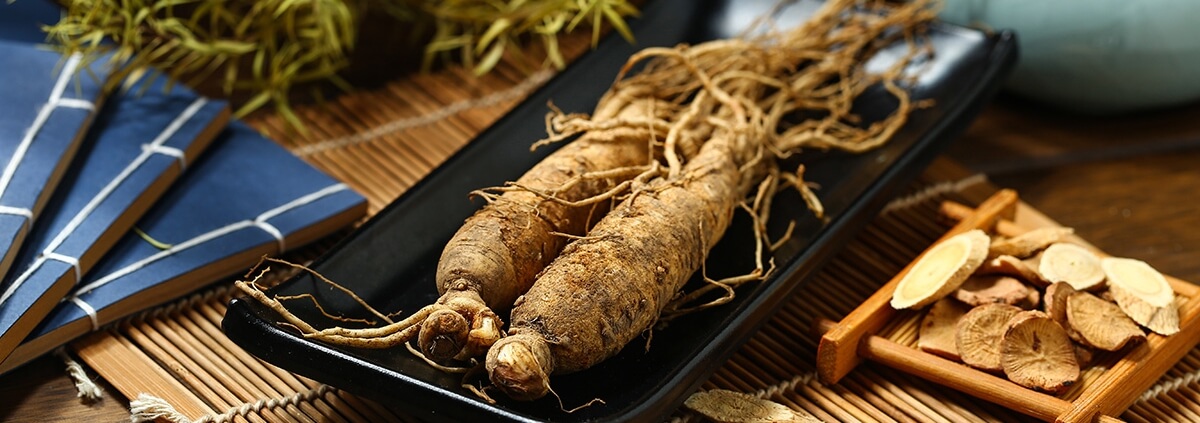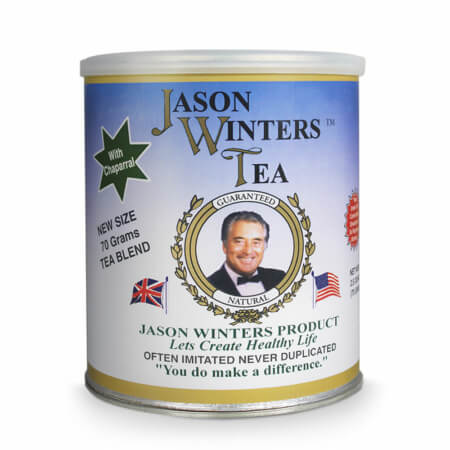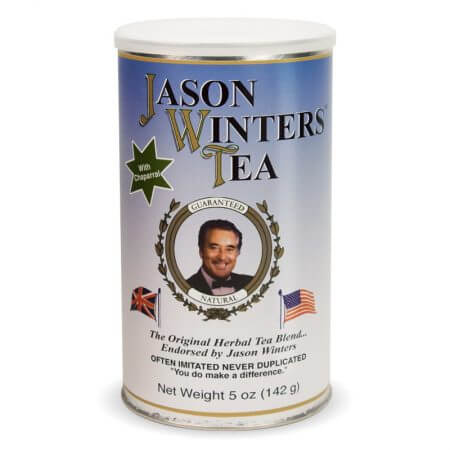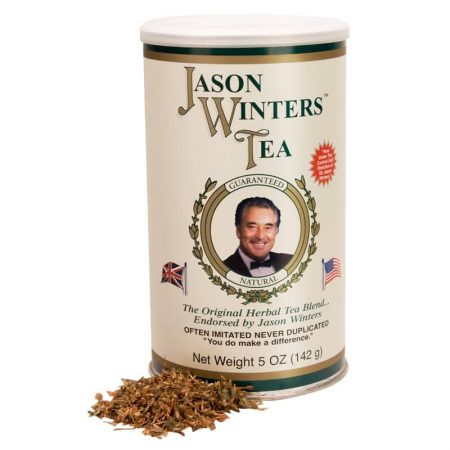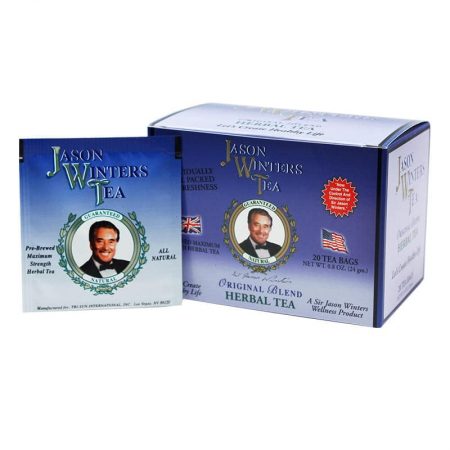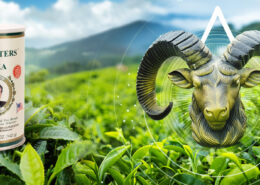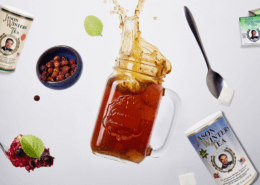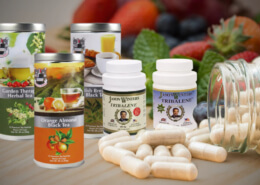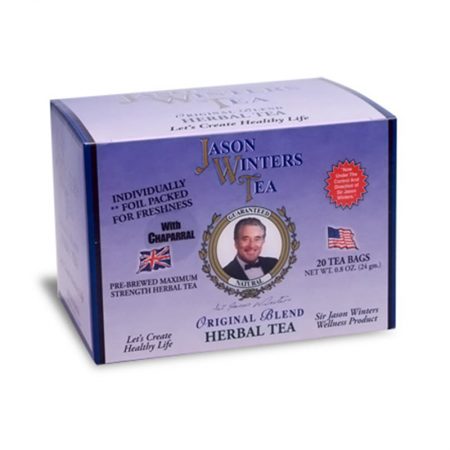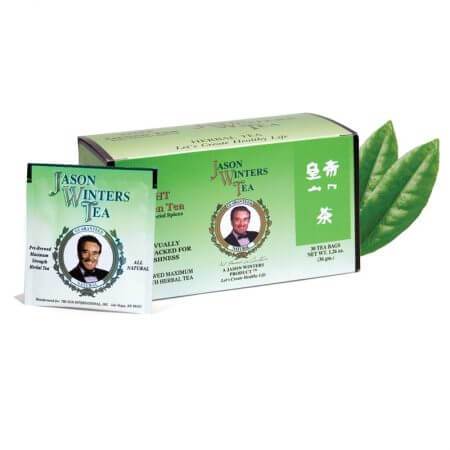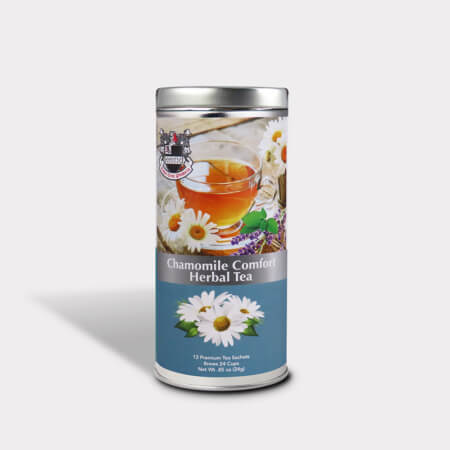The Goodness of Ginseng
“In China, Your Grace, there is not a single plant that can compare to Ginseng.” — Father Joseph-François Lafitau, scholar & Jesuit missionary, Paris, 1718
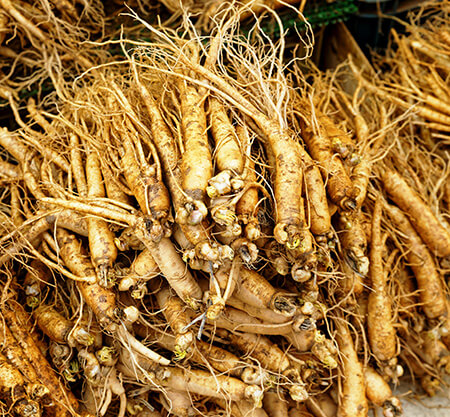
The parts of the herb that is used are the roots and the leaves of the plant. The plant grows mainly in forested areas and grows to about one foot in height. The leaves die off each year and the root continues to grow.
The age of a ginseng plant can be told by the number of rings on the neck of the root. According to Traditional Chinese Medicine, the energy of ginseng is sweet, slightly bitter and warming. It affects the spleen, lungs and heart systems as interpreted in this system. It is stimulating in nature and has a long earned reputation for being a rejuvenator of the body.
Herbal Actions – Ginseng is said to have both calming and stimulating constituents within it. Traditionally, herbalists have found that ginseng can be calming, enhance mental clarity, stimulate the nerves and yet instill a sense of well-being. Because of these actions, ginseng is considered an adaptogen. An adaptogenic herb assists the body so that it can more easily adapt to stress, raise energy levels and boost immunity.
Another wonderful effect of ginseng for men is that it can help to stimulate the libido. Sir Jason Winters International utilizes the natural goodness of ginseng in our Golden Lion Supplement, which we have specially formulated for men. This formula was named after an ancient legend from India and China. The people called him “the Golden Lion” because this herbalist and teacher healed and taught many in the villages that he visited, fathered many children, and was vigorous, healthy and strong well into his advanced years.
Treasure of the Emperors
Throughout ancient China’s long dynastic history, Emperors were said to have paid as much as their weight in gold in order to possess the finest and oldest ginseng root. These rulers believed that ginseng would give them wisdom and safeguard their dynasties by ensuring a long and healthy life. Because of this, ginseng’s reputation has endured throughout the world for centuries.
In traditional Chinese medicine (TCM) and within Ayurvedic medicine of India and Unani medicine in Arabia and the Middle East, ginseng has been long considered an invigorating tonic and thought to be one of the greatest secrets for a long life. Perhaps this is because ginseng is especially helpful in improving the body’s ability to cope with stress, fatigue, lack of sleep and extremes in temperature, ginseng is taken by those who have weakened immune systems and the elderly in northern and Central China from middle age onward.
Ginseng’s worldwide reputation was so great during the late 17th and early 18th century that wars were even waged to control the forests in the new world where it grew.
There are a variety of plants worldwide that have been considered forms of ginseng. Below are some examples.
- Chinese Ginseng (Panax ginseng) – Also referred to as white ginseng, this herb is native to Northeastern China, eastern Russia, and North Korea. Traditionally, most herbalists insist that it takes at least seven years for a ginseng plant to fully mature to ensure the greatest efficacy within the root and other parts of the plant. Recently, however, some modern herbalists have indicated that some ginseng plants, particularly those from North America, can mature in as few as four years. (Chevallier)
- American ginseng (Panax quinquefolium) – American ginseng can be found throughout forested regions of the United States. It is especially found in the Appalachian Mountains and in wooded areas in the Midwest and South. According to Dr. Michael Tierra, there are a number of plants which are called ginseng. Each plant has different potencies and therapeutic actions. These include American ginseng, which is chemically closest to the traditional ginseng which comes from China. They are so close that the plants can cross-breed. While American ginseng has the action of being slightly cooling to the bodily system, Chinese ginseng has the properties of being warming.
- Red Ginseng – White ginseng is regarded by the Chinese as being neutral. In Korea, which produces the most ginseng being sold internationally, herbalists harvest the root and preserve the roots by steaming them. The steaming acts to prevent any insect of microbial infestation after it is harvested. This also causes the root to turn slightly reddish in color. This steaming changes the ginseng to have a more warming nature. Sometimes cinnamon bark is added to the water to enhance the red color.
- Codonopsis Ginseng (Codonopsis pilosula) – This ginseng is referred to as dang shen within traditional Chinese medicine. It is used within some herbal formulas as a substitute for Panax ginseng. The action of the herb is somewhat milder than that of Panax. When using Codonopsis as a substitute, a formula may require twice as much of this plant compared to Chinese Ginseng. This particular species of ginseng is also used when a smaller level of ginseng’s effects are required in a formula.
- Prince’s Ginseng (Pseudostelaria heterophylla) – While not a true ginseng; this herb has been traditionally used by herbalists as a tonic to improve energy within the body. This herb acts on the spleen, heart and lungs. And is often been used in therapies which treat stress, fatigue, loss of appetite and dry coughs.
- Tienchi Ginseng (Panax pseudoginseng) – As the botanical name seems to imply, this herb is also not considered a true ginseng. Tienchi is cultivated throughout Hunan Province in China. Herbalists find that it especially useful for older persons who may be suffering from external stresses or injuries. Researchers in China and Russia have also used Tienchi ginseng to treat sports injuries in athletes. The actions of the herb include an increase in stamina while lessening the possibility of applying too much of a good thing and cause further stress to the body.
- Siberian Ginseng (Eleutherococcus senticosus) – True to its name, this form of ginseng comes from Russia and Siberia. In China, this herb is differentiated from Panax ginseng and given the name of si wu jia. Siberian ginseng is a very close relative to true Chinese ginseng and is traditionally used against rheumatism
Researchers have recently shown that the substance within ginseng known as ginsenosides. These substances within the various kinds of ginseng have shown an ability to potentially reduce the development of certain types of cancer. These ginsenosides have been shown to stop blood vessels from forming tumors and assists in eliminating the production of these types of abnormal cells within the body that can cause cancer to spread.
As you can see, all of the different ginsengs have a reputation that is well-deserved. As with any herbal supplement, if you are considering giving ginseng a try it’s important to discuss it with your doctor or a trained herbalist first.
Resources
“The Complete Writings of Dr. John R. Christopher” (http://online.snh.cc/files/2100/HTML/100hs_ginseng__panax_quinquefolius.htm ) web.
“ Panax Quinquefolium” by Henriette Kress, Henriette’s Herbal Homepage (https://www.henriettes-herb.com/eclectic/rafinesque/panax.html ) web.
“Ginseng: The Divine Root: The Curious History of the Plant that Captivated the World” by David A. Taylor, 2006, Algonquin Books, Chapel Hill, NC
“Planetary Herbology “ by Michael Tierra, C.A., N.D., 1988, Lotus Press, Twin Lakes, WI
“The Encyclopedia of Medicinal Plants” by Andrew Chevallier, 1996, Dorling Kindersley Limited, London
“The Complete Writings of Dr. John R. Christopher “ (http://online.snh.cc/files/2100/HTML/100hs_ginseng__panax_quinquefolius.htm ), web.

